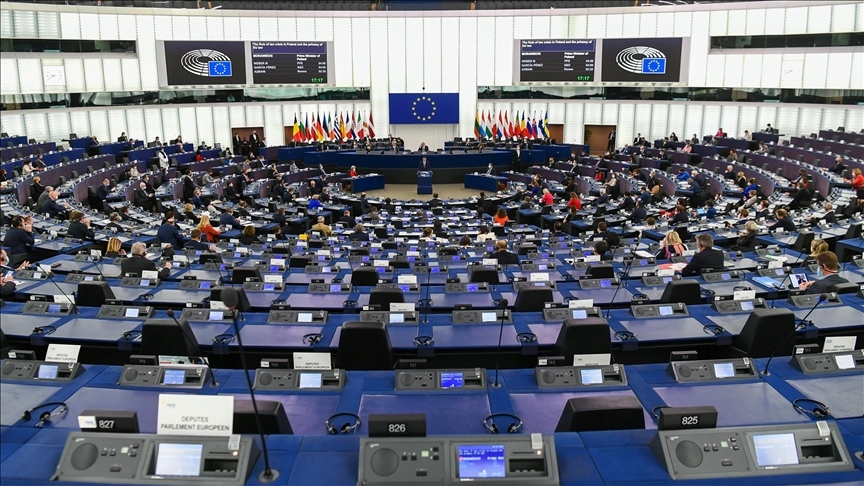BRUSSELS
Croatia will join Europe’s passport-free Schengen area on Jan. 1, becoming the 27th member of the continent’s borderless travel area.
Croatia has implemented the Schengen rules piecemeal since 2013, when it joined the EU.
Joining Schengen would contribute to the country’s economy and increase its competitiveness thanks to the free, faster and cheaper circulation of goods and services.
The Balkan nation will also join the eurozone in January, meaning its switch from the local currency Kuna to the euro to become the 20th member of the euro area.
The eurozone refers to an economic and geographic region consisting of all the EU countries that incorporate the euro as their national currency.
The Croatian government announced that as of Jan. 1 checks at internal land, sea and rail borders between Croatia and the other countries in the Schengen area will be lifted.
However, the checks at internal air borders will be lifted at March 26.
The Schengen area was brought to life in 1985 with the free movement agreement signed by France, Germany, Luxembourg, the Netherlands and Belgium in the Schengen town of Luxembourg.
With the agreement, five countries abolished controls on their common borders. In addition to free travel, the free movement of goods and services was also ensured.
The Schengen area covers 22 of the 27 EU member states and the all members of the European Free Trade Association (Iceland, Liechtenstein, Norway, and Switzerland).
On Dec. 8, the Council of the European Union decided to lift border controls with Croatia.
Controls at the internal borders of Bulgaria, the Greek Cypriot administration, and Romania have not yet been lifted, and Ireland is not part of the Schengen area.

